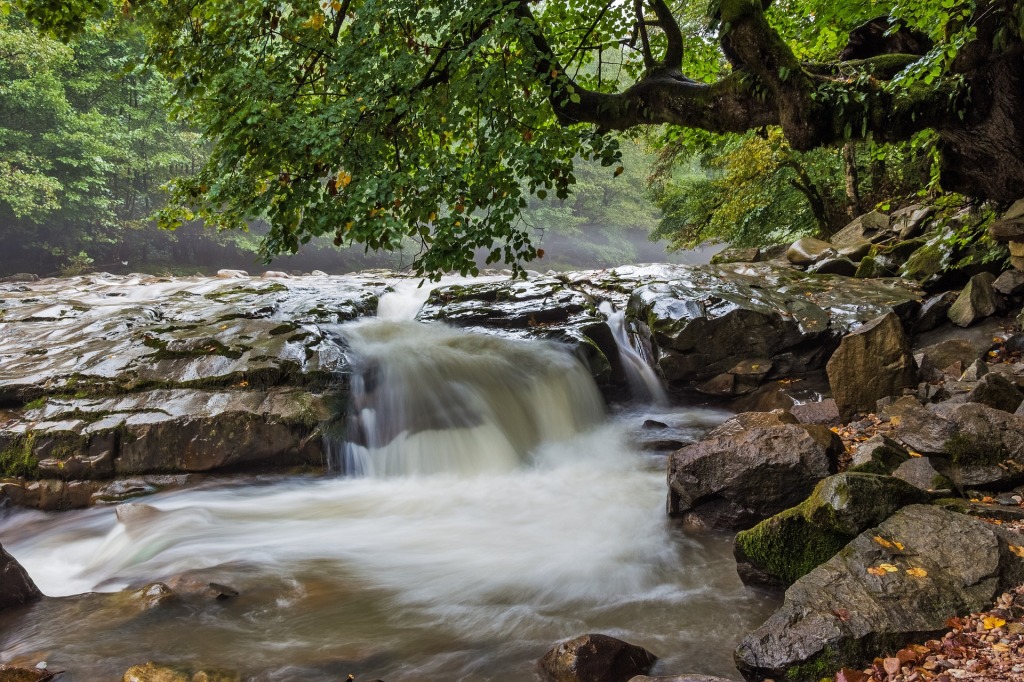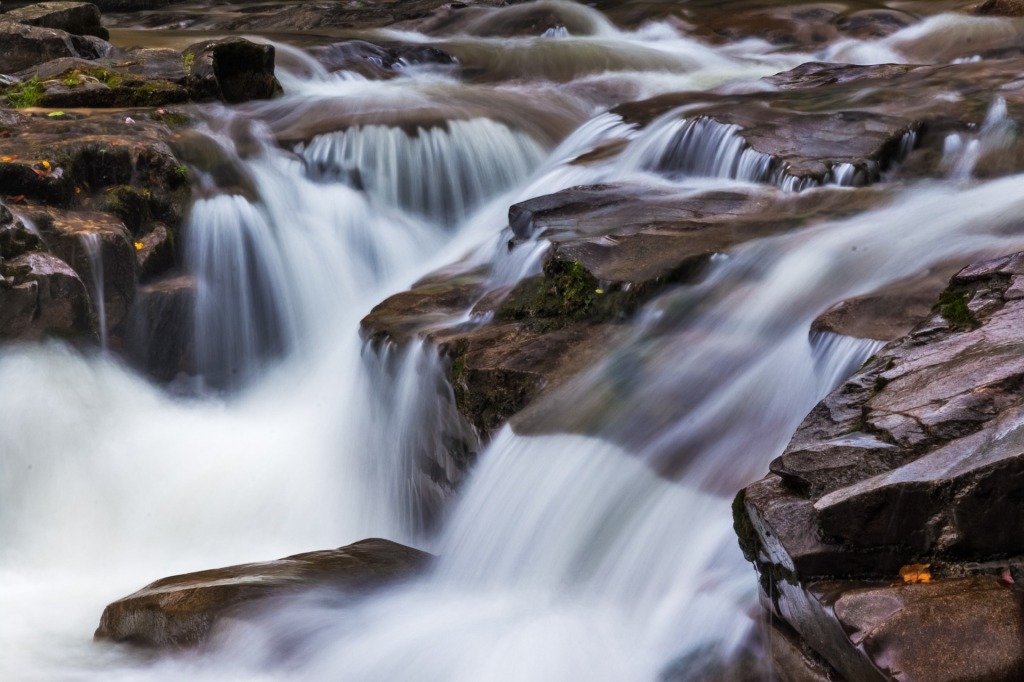Aspiring photographers need to master the basics of DSLR photography. Generally, these basics lay a strong foundation for any individual. Basically, expert photographers understand the value of digital photography pillars.
These 3 pillars, when understood properly, make your journey fruitful. So, for all my fellow photographers, I will be sharing crucial info about one such pillar.
Yes, my title says it all. I am talking about shutter speed. All in all, I will be sharing the basic concept and importance of DSLR shutter speed in your photos.
So, without any delay, let us move ahead and enlighten our minds:
DSLR Photography: The 3 pillars
First and foremost, let us quickly go through the parameters which are vital in digital photography:
- Aperture
- Shutter speed
- ISO
To sum up, DSLR photography is a blend of all these 3 pillars. If you want to know about aperture, this blog can prove beneficial. Yet, as many photographers suggest, I will advise you to practice a lot.
DSLR shutter speed: The basics
It is paramount for new photographers to understand shutter speed in simple words.
What is DSLR shutter speed?
In simple words, shutter speed is the amount of time your camera shutter is open.
What is a shutter?
In DSLR photography, shutter is a kind of layer or curtain which covers the sensor. You can relate this shutter to your eyelid.
So, basically, visualize this scenario:
Camera sensor = your eye
Shutter = your eyelid which covers the eye
What does shutter speed govern?
Now, understand this. If the shutter is closed quickly, less light from the object passes to the sensor.
On the contrary, when the shutter is kept open for a longer time, more light passes to the camera sensor.
Hence, to sum up, shutter speed governs the light reflected from an object entering the sensor.
DSLR photography: The effect of shutter speeds
Now that you know the basic concept of shutter speed, let us move to its effect over photos.
Generally, there are two types of photos:
- With motion blur.
- With frozen motion.
Importantly, images of waterfall, Milky Way, racing cars, etc. use longer shutter speeds.

Subsequently, images of fast-moving objects like birds, fishes, animals, etc. constitute quick shutter speeds.
So, what to memorize in DSLR shutter speed?
For digital photographers, the following correlation will prove handy:
Long shutter speed = More light = Blurred motion.
Short shutter speed = Less light = Motion freeze
All in all, when you venture out with a digital camera and your favourite accessories, understand your purpose.
If you are out clicking snaps of birds, use quicker shutter speed setting (Like 1/1000). This will freeze their actions. So, you will get a bird’s photo with all wanted details.
But, when you are out around a waterfall or in dark places, keep the shutter speed slow. This will allow more light to pass in the sensor. Also, in terms of water droplets, the resulting photo will appear like a milky stream.

Shutter speed measurement
All said and done, not yet! Now open your DSLR camera. Go to settings and observe the reading which denotes:
1/10, 1/100, 1/125, 1/250, …….. , 1/1000, 1/4000, etc.
(Note I haven’t followed any chronology here).
The shutter speeds are measured as fractions of 1 second.
So, when you read a speed of 1/10, it is the 10th fraction of 1 second.
Thus, it denotes a longer or slower shutter speed. You will require a tripod or any stable surface to take photos with such slow shutter speeds.
Why?
Generally, at slow speeds, the camera tends to shake. Also, the exposure is long.
Faster shutter speed setting
Ever observed the photos of birds closely? All their fast movements are frozen in a photo.
Generally, these photos are taken with fast shutter speeds. (E.g. 1/1000)
So, always remember to use fast shutter speeds while taking photos of birds.

Importantly, this holds true in any case of fast-moving objects. Still, the way you utilize fast shutter speed depends on your creativity.
Slow shutter speed setting
Now, slow shutter speeds like 1/25 or even 1/10 can work wonders. This kind of slow speed allows more light to enter your camera sensor.
Hence, you can use the least value of ISO to compensate for the high amount of light.
Generally, such shutter speeds blur any dynamic motion. This creates an artistic effect. Such an effect looks astonishing to the viewer.
DSLR shutter speeds which are slow produce a milk-like appearance in waterfalls. I know I’ve mentioned this earlier. But, it gives a firm idea about this concept.

Try to capture photos of small objects which are in motion. For instance, you can take the photo of a hand-held fan. You will notice the stagnant movement of its blades.
DSLR Photography: Some miscellaneous info on shutter speed
Altogether, shutter speed depends on other pillars like ISO & aperture. So, just note some handy points which will prove beneficial:
- In simple terms, the exposure in your photo is dependent on shutter speed.
- The range of shutter speed varies from one camera to another. You can easily read this in manual or shutter-priority mode.
- A tripod is of paramount importance for experimenting with shutter speed.
- Try to shoot on manual as much as possible.
- Practice, practice and practice.
CONCLUSION
Photography can become an asset when you enjoy every bit of it. I reckon it is crucial to learn this art on your own. After all, irrespective of the type of camera, the end output is a satisfying photograph.
So, keep pressing that shutter button and experiment thoroughly. Experimental photography does not have any boundaries. It can be as artistic as you desire. Hopefully, you are now aware of shutter speed. I hope now you will choose the perfect shutter speed for your photos.
Still, if you have any doubts or suggestions, feel free to comment. After all, it’s how photographers help each other out!

Thanks a lot. Got to learn many things.
LikeLiked by 2 people
keep on writing more such blogs. Amazing details in simple words. Kudos!
LikeLiked by 2 people
Nice one.
LikeLiked by 2 people